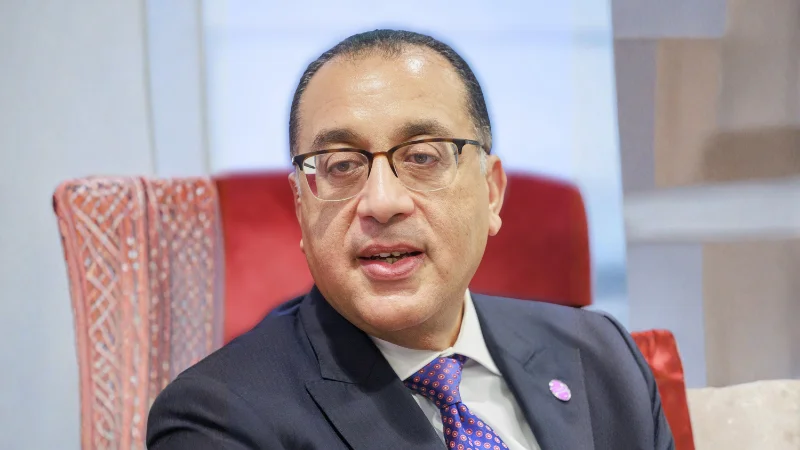At the opening of TransMEA 2025 in Cairo, Siemens Mobility introduced its Velaro high-speed train to the Egyptian public for the first time. The event marks a significant milestone in Egypt’s ongoing rail modernization efforts, with Siemens Mobility playing a key role in developing new transportation infrastructure across the country.
The Velaro train, which can reach speeds of up to 250 km/h and accommodates 489 passengers, has been specially adapted to withstand Egypt’s desert climate. According to Siemens Mobility, this adaptation includes advanced filtration systems and enhanced cooling technologies designed to ensure reliable operation and passenger comfort under extreme conditions.
On the same day as the unveiling, Siemens Mobility’s Desiro HC regional train completed its first test run on newly constructed tracks near the 6th of October Depot west of Cairo. This model is scheduled for commissioning on the Green Line—a network stretching 660 kilometers that will link Cairo with Ain Sokhna, Alexandria, and Marsa Matrouh. The project is often described as the “Suez Canal on Rails” due to its scale and anticipated impact.
Egyptian Prime Minister Mostafa Madbouly and Deputy Prime Minister for Industrial Development and Minister of Transport and Industry Kamel El-Wazir attended both milestones alongside Roland Busch, President and CEO of Siemens AG; Michael Peter, CEO of Siemens Mobility; and other officials. These events are part of a broader partnership between Siemens Mobility, Arab Contractors, and Orascom Construction.
H.E. Lieutenant General Engineer Kamel El-Wazir stated: "The inaugural ride of the Desiro regional train and the arrival of the Velaro marks a defining moment in Egypt’s transport modernization strategy. This high-speed train project will help redefine passenger experience, reduce travel times, and boost connectivity between cities. It reflects our commitment to building a modern, safe, and sustainable rail network that serves our people and supports Egypt’s economic growth for generations to come."
Roland Busch added: "We are witnessing the future of mobility in Egypt take shape. The public debut of our Velaro high-speed train at TransMEA and the first train run of the Desiro regional train are powerful symbols of progress and partnership. These milestones reflect our commitment to delivering world-class technology and supporting Egypt’s vision for sustainable mobility and economic growth. Together with our partners, we are proud to help build Egypt’s new high-speed rail network - soon the sixth largest in the world - connecting millions of Egyptian people across the country, and transforming mobility for generations to come.”
Siemens Mobility reports that it used digital twin technology from Altair to optimize Velaro’s design for performance in harsh environments such as sandstorms or extreme heat—conditions common in much of Egypt.
The Desiro High-Capacity (HC) regional trains will form an integral part of Egypt's planned rail expansion. Ninety-four trains have been ordered; each can carry up to 849 passengers while offering air conditioning, wheelchair access, ETCS Level 2 signaling protection systems, and a maximum speed capability of 160 km/h.
When complete, Egypt's three-line high-speed rail project will cover more than 2,000 kilometers—connecting major cities throughout the country—and is expected to serve nearly 90% of its population. Project planners anticipate this network will become one of the six largest globally by length while also reducing travel times by up to half for many routes.
In addition to supplying rolling stock—including 41 Velaro trains—the company has committed to maintaining all railway equipment over a period spanning fifteen years. This maintenance agreement covers not only high-speed trains but also regional units like Desiro HC models as well as Vectron locomotives (41 units), aiming at long-term operational reliability.
The overall goal is increased safety, reduced carbon emissions through modal shift from road or air travel toward electrified rail service (supporting local sustainability targets), improved city-to-city connectivity within Egypt—and ultimately an upgraded passenger experience across all segments.

